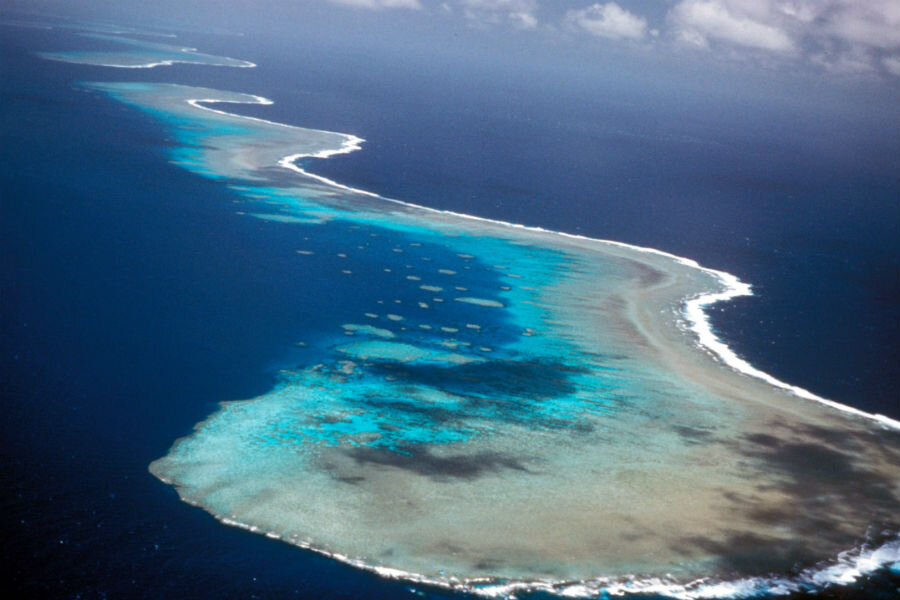Australians on edge over oil slick reported near Great Barrier Reef
Loading...
A fisherman out near the Great Barrier Reef reported seeing an oil slick about a half mile long, Australian authorities said Friday.
The individual who reported the incident was about 10 nautical miles offshore from Cape Upstart National Park. Police boats and helicopters were deployed, and confirmed seeing a sheen on the water, and patches of oil on the ocean surface about one meter in diameter south of Townsville, a spokesperson for Queensland Transport says.
Though that is a small sign of what was initially reported, crews from the Australian Maritime Safety Authority will start an inspection Saturday morning of the ocean area and also of the islands and coastline, with no cleanup efforts planned just yet, the Brisbane Times reports.
"Maritime Safety Queensland (MSQ) has oil pollution resources and staff on standby if required in Townsville and other ports. Other agencies are also prepared to activate resources," a MSQ spokeswoman says.
The last oil spill that threatened the Great Barrier Reef was in 2010, when a Chinese coal-carrying ship ran aground on the shoals of the reef after straying from its shipping lane. The accident dumped 4 tons of oil into the sea, which local emergency crews were able to disperse using chemicals. But that caused harm to shore birds and marine life. The ship-grounding left a scar in the reef nearly two miles long, the largest blight ever created by a ship. Experts estimated at the time that it would take up to 20 years for the ecosystem to recover.
In 1981, the Great Barrier Reef was added to UNESCO’s World Heritage List as a place of outstanding environmental importance. The list signifies the UN’s backing that it is the international community’s responsibility to preserve such sites no matter the location, as World Heritage sites are considered to belong to all people. Since the World Heritage treaty was ratified in 1972, 191 countries have signed on, making it one of the most adhered-to international programs in the world.
The reef is the largest ecosystem of its type, visible from space, but The Guardian reports the reef is already under threat from warmer ocean temperatures caused by climate change and local pollution from dredging to create new ports.






